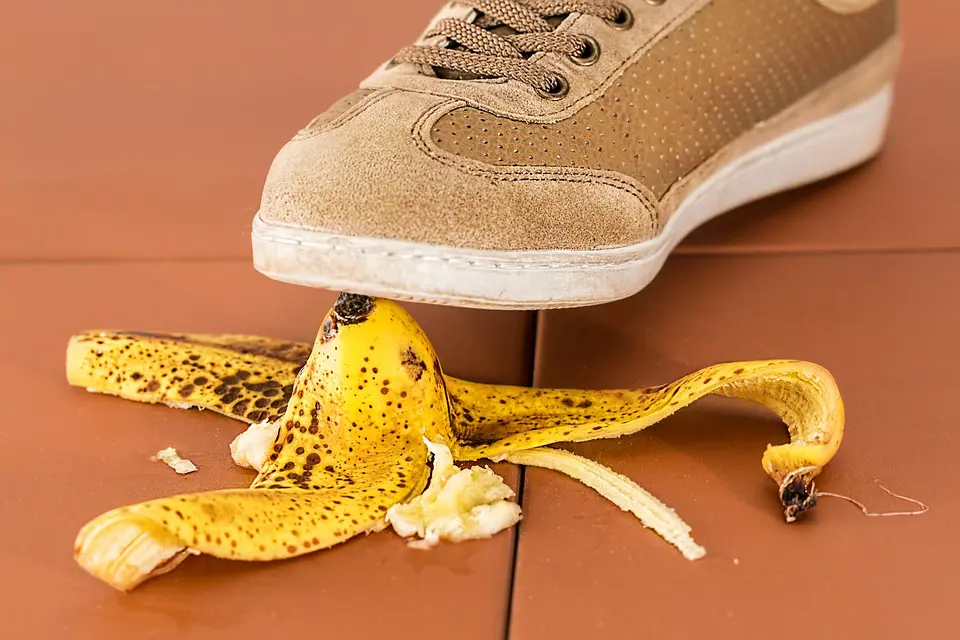Consider these scenarios:
- You’re heading to the refrigerated foods section in your local grocery store to buy some eggs when you slip and fall on a milk spill, hitting your head and sustaining a concussion.
- You trip on an uneven step at work in a dimly lit hall, falling to the ground and breaking your leg in multiple places.
- You enter a conference room and trip on pulled-up carpet and construction tools that are lying all over the floor. There was a sign next to the door that read: “Construction area, keep out.” However, the sign was covered by a ladder leaning against the wall so you could not see it.

(Pixabay / stevepb)
Slips, trips, and falls can happen in a split second, but the repercussions can be staggering. They could lead to long-term injuries, costly medical bills, lost wages due to missed work, and loss of potential income in the event that your ability to work in the same capacity is compromised.
If the accident was strictly your fault, that’s one thing, but if others contributed to the incident in some way, they might be required to compensate you for the losses that you have suffered.
Proving Liability
So how do you know if you can sue for damages in a slip and fall case? The challenge lies in proving liability. To do this, you must establish that the defendant (usually the property owner or employee) was negligent in contributing to your accident in one of the following ways:
- Defendant failed to recognize a dangerous condition and remove or repair it.
- Defendant caused the conditions of the accident, which were clearly dangerous.
Here are a few factors that contribute to liability:
- Safety policies. Did the person in charge of the facility have a policy for routine safety inspections? If so, do they have any kind of evidence (log book, video, etc.) to prove that they followed these policies?
- Justification for hazard. Was there any reasonable justification for the hazard to exist? For example, let’s say that you were touring a fire station with some Boy Scouts and tripped on a piece of gear that was left near the door. If the gear was left there so the first responders could grab it for a quick exit, it might be considered a justified hazard.
- Time to correct. Did the defendant have enough time to address the hazard before it harmed you? For example, if a mechanic spilled motor oil on the floor, then went to grab a mop just as you were coming into the shop to check on your car, they may not be considered fully liable because the did not have adequate time to clean up.
- Mitigation. Were there opportunities for mitigating the hazard? For example, if there was a drop-off on the concrete path leading up to an office building, could the property owner have decreased the fall risk by re-engineering the walkway? Or putting up a sign to alert visitors of the hazard?
Note that liability is seldom clear-cut in slip-and-fall cases, and it is rare to uncover blatant negligence. For this reason, it’s best to involve an attorney from the get-go to help you understand the strengths and weaknesses of your case from the beginning.
What if I was part of the problem?
Slip and fall cases cannot always be pinned on just one party. Perhaps you shared some of the fault in your accident by wandering into a precarious area protected by fencing or a “danger” sign. Or maybe you were buried in your phone and texting when you tripped on a toolbox left out by a handyman at your place of work.
Just because you bear some of the fault for your accident, however, doesn’t mean that you can’t recover damages. Nevada has a comparative negligence policy known as “modified comparative fault.” It states that you can sue for proportional damages when you are less than 50 percent responsible for an accident or injury.
If you have been involved in a slip and fall accident due to some degree of negligence on the part of others, contact an experienced Las Vegas accident injury lawyer.
